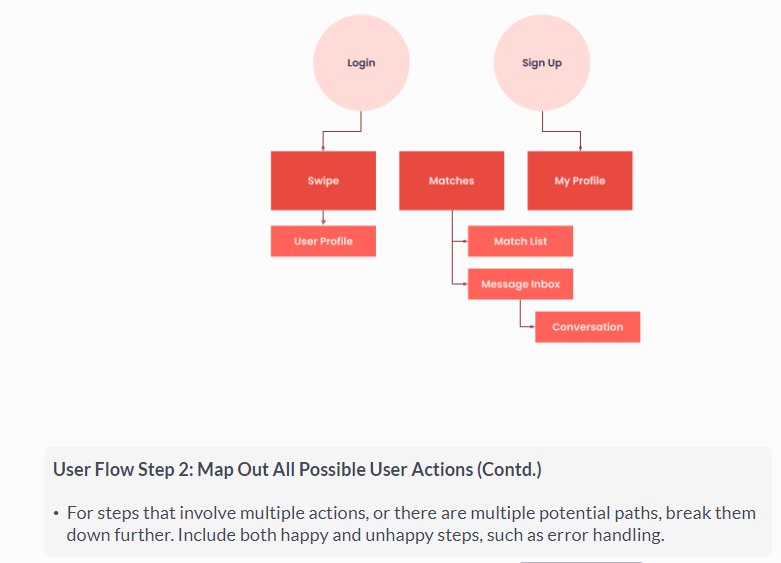The Product Trio is a team structure that plays a critical role in creating successful digital products. It consists of three core roles: Product Manager, Designer, and Software Engineer. These three roles collaborate closely throughout the product development lifecycle, fostering specialization, accountability, and creativity. Here’s why the Product Trio matters and how it’s shaping the landscape at top product companies:
Product Manager: product manager crafts the overarching strategy, vision, and trajectory for the product. This involves gathering insights from diverse sources such as customer feedback, stakeholder input, and market analysis to discern user needs and potential market niches. The product manager steers the product's course, prioritizes feature development, and ensures that all efforts align with overarching business objectives. Close collaboration with the engineering lead and UX designer is extremely important, as they work together to translate requirements into actionable tasks and steer the development process effectively.
Engineering Lead/Sr. Engineer: The engineering lead, also known as the technical lead or development lead, oversees the technical facets of product advancement. Their responsibilities include providing technical guidance, leading the engineering team, and ensuring that the product is constructed efficiently, securely, and to the highest standards. Working closely with the product manager and UX designer, the engineering lead comprehensively understands project requirements, estimates project timelines, and identifies and mitigates any technical hurdles or constraints.
UX Designer: The UX designer focuses on crafting an intuitive and seamless user experience for the product. This involves conducting thorough user research, gathering feedback, and implementing design principles to create user-centric interfaces and interactions. Collaborating closely with the product manager and engineering lead, the UX designer ensures alignment between user needs, product features, and technical feasibility. They produce wireframes, prototypes, and design specifications to guide the development process effectively and ensure a cohesive user experience.
The Product Trio: A Structured Approach
The Product Trio is jointly responsible for a shared outcome. Rather than working in silos, they collaborate to:
- Interview customers together.
- Map out the opportunity space collectively.
- Choose a target opportunity as a team.
- Generate solutions collaboratively.
- Iteratively test and develop those solutions1.
Why the Product Trio Matters
Specialization and Expertise:
- Each role brings specialized expertise to the table.
- The Product Manager understands market needs and business goals.
- The Designer focuses on user experience and aesthetics.
- The Software Engineer translates designs into functional code.
Clear Responsibilities and Accountability:
- When the trio collaborates, responsibilities are clear.
- Accountability ensures that decisions align with the overall product vision.
Effective Collaboration:
- Cohesive strategies emerge from effective collaboration.
- The trio’s shared understanding leads to better product outcomes.
Resource Optimization:
- Structured teams optimize resource allocation.
- Budgets and manpower are used efficiently.
Adaptability and Scalability:
- Structured teams adapt to industry changes and customer preferences.
- Scalability becomes feasible as companies grow.
Google:
Google has embraced cross-functional collaboration, emphasizing the importance of product management, design, and engineering.
While not every team follows the exact Product Trio model, Google encourages close collaboration among these roles.
Their focus remains on creating user-centric products across various domains1.
Apple:
Apple’s approach aligns with the Product Trio philosophy, although they may not explicitly label it as such.
Product Managers, Designers, and Engineers work closely to deliver seamless experiences across hardware, software, and services.
The balance of concerns—desirability, feasibility, and viability—remains a core principle.
Amazon:
Amazon’s customer-obsessed culture drives their product development.
While they don’t strictly adhere to the Product Trio terminology, their teams collaborate across these roles.
The focus is on delivering value to customers through a combination of business acumen, design excellence, and technical prowess.
Facebook (Meta):
Meta (formerly Facebook) emphasizes cross-functional collaboration.
Product Managers, Designers, and Engineers work together to shape products like Facebook, Instagram, and Oculus.
Their shared goal is to create compelling user experiences.
























































